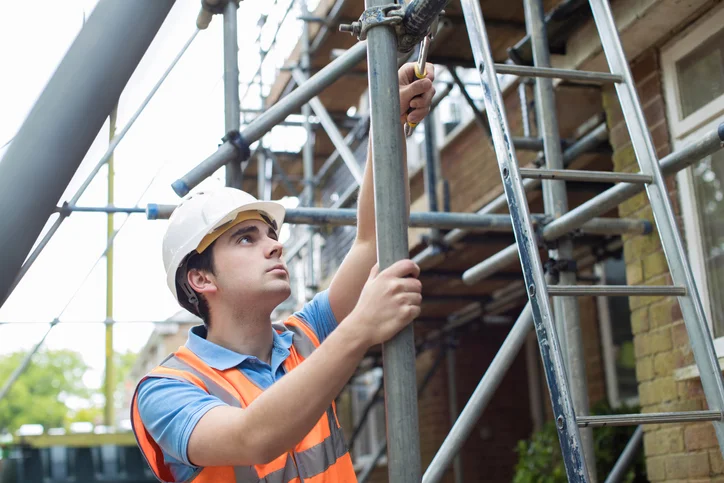Oct . 07, 2024 04:06 Back to list
formwork wing nut
Understanding the Importance of Formwork Wing Nuts in Construction
In the construction industry, the importance of reliable and sturdy formwork cannot be overstated. It provides the essential framework for casting concrete structures, ensuring that they achieve the desired shapes and dimensions during the curing process. Among the various components of formwork, the wing nut is often overlooked, yet it plays a crucial role in maintaining the integrity and stability of the formwork system.
A formwork wing nut is a type of fastening device used to secure the rods that hold together the formwork panels
. Designed with wings that allow for easy manual tightening and loosening, these nuts enable quick adjustments without the need for specialized tools. This ease of use can significantly improve workflow efficiency on a construction site, making it faster to assemble and dismantle formwork as needed.The design of wing nuts includes a threaded shaft that integrates with ties or bolts, securing the panels together. Their size can vary based on the type of formwork being used, but all share a common goal to create a tight and secure connection that can bear the weight of wet concrete. Without the proper alignment and stability provided by these wing nuts, the risk of formwork failure increases, which can lead to dangerous situations and costly delays.
formwork wing nut

One of the key advantages of using wing nuts in formwork is their versatility. They can be utilized in various types of formwork systems, including aluminum, steel, and plastic forms. This adaptability makes them a popular choice among contractors who require a reliable fastening solution that can be used in multiple applications.
Additionally, durability is a significant consideration in the selection of formwork accessories. High-quality wing nuts are typically manufactured from robust materials such as hot-dip galvanized steel or high-strength plastic, ensuring they withstand the harsh conditions of construction sites. These materials resist corrosion and wear, extending the life of the wing nuts and maintaining the safety of the formwork system over time.
It’s also important to note that the use of formwork wing nuts contributes to the overall safety of the construction environment. Properly secured formwork reduces the likelihood of unexpected failures that can endanger workers and lead to structural issues in the poured concrete. Regular inspection and maintenance of wing nuts, alongside other formwork components, is critical to ensure that everything functions as intended.
In conclusion, while they may appear small and simple, formwork wing nuts are an indispensable part of the construction process. Their ability to securely fasten formwork panels together not only enhances workflow efficiency but also ensures the safety and stability of the concrete structures being built. When selecting wing nuts, it is vital to choose high-quality materials that offer durability and resilience, thereby reducing the risk of failure and ensuring the success of construction projects. As the industry continues to evolve, the importance of reliable fastening solutions like formwork wing nuts cannot be understated—they are key to building strong and safe infrastructures that stand the test of time.
-
High-Quality U Head Jack Scaffolding – Reliable Scaffolding Jack Head Manufacturer & Factory
NewsJul.08,2025
-
High-Quality I Beam H20 Leading Timber Beam H20 Material Factory, Exporters & Manufacturers
NewsJul.08,2025
-
High-Quality Powder Coating Steel Formwork - Durable & Corrosion Resistant Solutions
NewsJul.07,2025
-
Inclined Column Formwork Supplier – Durable & Precise Solutions for Unique Structures
NewsJul.07,2025
-
High-Quality Water Stop Solutions Trusted Water Stop Company & Suppliers
NewsJul.07,2025
-
High-Quality Formwork Material Supplier Reliable Manufacturer & Factory Solutions
NewsJul.06,2025